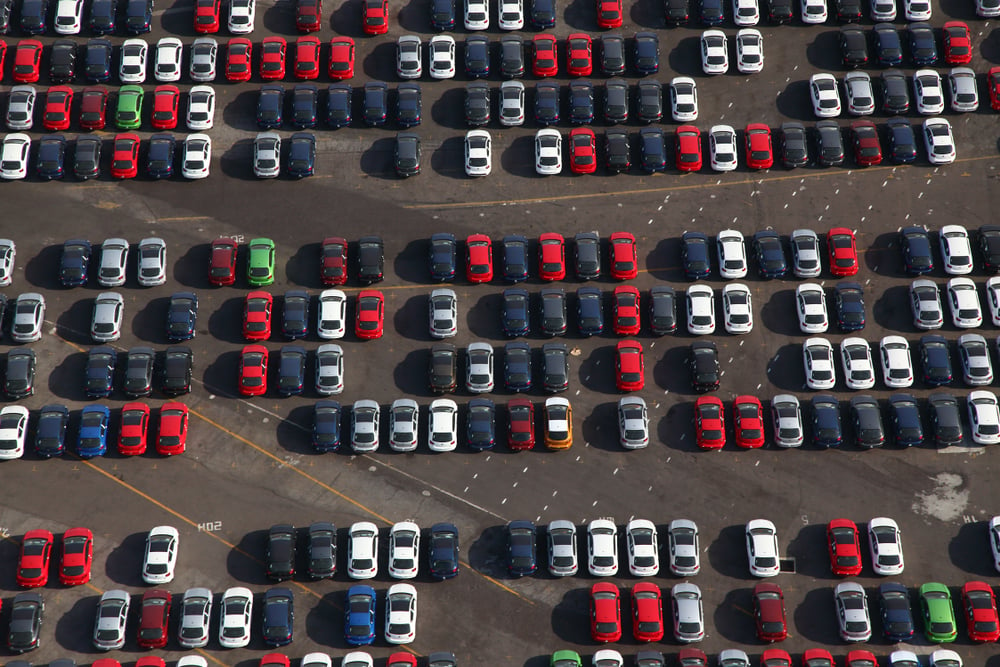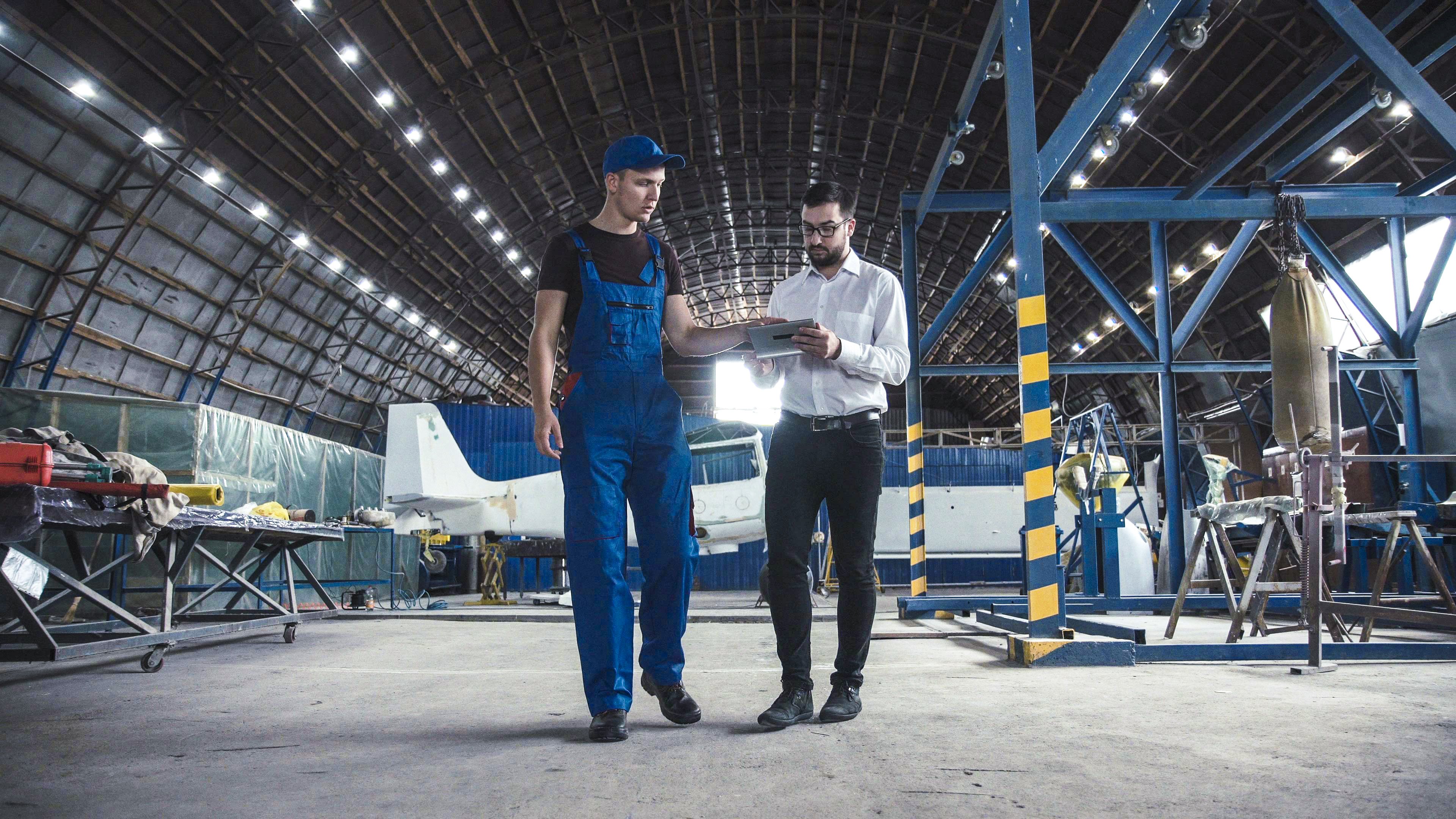Virtually every automotive OEM operates in Mexico today due to the benefits it can bring in terms of workforce availability, costs, and free trade agreements. The USMCA free trade agreement, in particular, has proved enticing to manufacturers, as it provides duty-free access to the U.S. and Canadian market for automotive manufacturers that produce 75 percent of total automotive content in North America. But while North America offers a massive market, it’s not the only destination to which Mexico-based factories can easily export.
Economic Complementation Agreement No. 55 (ACE 55) between Mexico and MERCOSUR countries Argentina, Brazil, Paraguay, and Uruguay regulates vehicle and auto part trade between them. ACE 55 forms part of an overall framework agreement initiative between these three regions intended to strengthen trade ties among them all and ultimately benefit all involved parties.
Over its two-decade history, ACE 55 has endured successive rounds of negotiations to reduce tariffs between Mexico and its MERCOSUR trade partners on vehicles and auto parts between these nations. Following a 2023 update, however, Mexico now enjoys near unfettered access to South American markets through this trade pact.
Understanding ACE 55 requirements and history enables Mexico's automotive manufacturers to prepare themselves for trading opportunities within this market.
Mexico’s Automotive Industry Trade with MERCOSUR
Since ACE 55 went into effect in January 2003, trade between Mexico and MERCOSUR more than doubled. By 2010, the automotive industry trade had transformed into a surplus of $1.16 billion for Mexico. By 2011, automotive exports from Mexico to Brazil had jumped 70%. That jump proved problematic for Brazil, which was working at that time to strengthen its local automotive manufacturing sector. The comparatively high cost of manufacturing in Brazil helped make Mexican cars cheaper relative to their locally-made counterparts. As a result, Brazil threatened in 2011 to abandon the ACE 55 agreement.
Ultimately, the two countries were able to come to a new agreement. In March 2012, Mexico and Brazil agreed to a ceiling on the number of automobiles that would be exported to Brazil. These reductions put artificial curbs on imports of Mexican-made automobiles but strengthened the relationship between Mexico and Brazil, its largest Latin American trading partner.
ACE 55 was updated in 2015 to allow stepped increases in Brazil’s imports from Mexico, with the goal of establishing tariff-free access for exports of light vehicles from Mexico to Brazil by 2019. By the time the 2019 free trade benchmark was reached, the two countries had prepared a similar stepped path for eliminating tariffs on imports of trucks, buses, tractor trailers, and certain chassis as of July 1, 2023.
This elimination of tariffs has had a profound impact on Mexico’s automotive industry. Brazil is the 9th largest car market worldwide. The continuing decrease in local automotive production has led to a growing demand for imported vehicles and components. Since the 2023 deadline, Mexico has become one of Brazil’s largest automotive trading partners. Mexico NOW reports that Mexico is the third largest foreign supplier of light automobiles in Brazil's market. In 2021, that amounted to nearly one billion dollars worth of cars and automotive parts.
ACE 55 Rules of Origin
Within its tariff agreements, ACE 55 also sets rules of origin requirements for auto parts and vehicles. Article 6 and Annex II of ACE 55 establish the rules of origin and list which automobiles and parts are eligible to receive preferential treatment.
The 2019 update to the agreement set the local content percentage (ICR) for auto parts at 40%. At least 40% of eligible exported goods must have come from the exporter’s country. At this point, ACE 55 listed 44 automotive components that could benefit from this arraignment.
To be eligible for reduced tariffs, automotive industry manufacturers must present a valid certificate of origin at customs. Both importer and exporter must be residents of the signatory countries.
Mexico Connects Automakers With The World
With the sixth largest population in the world, a rapidly expanding middle class, and a passion for cars, Brazil poses a tremendous opportunity for automakers. Since 2015, ACE 55 has provided Mexico with privileged access to the Brazilian auto market – making Mexico the only non-MERCOSUR country with this type of agreement. It’s just one more benefit of operating in a country with more free trade agreements than any other.
Given the many changes ACE 55 has taken over the years, this is an agreement that bears monitoring. Among its comprehensive shelter services, Tetakawi provides support with regulatory and legal compliance, including navigating evolving trade laws. To learn more about how we can support your entry into Mexico and prepare you to move goods around the world, contact Tetakawi today.
Subscribe
Sign up and stay informed with tips, updates, and best practices for manufacturing in Mexico.






